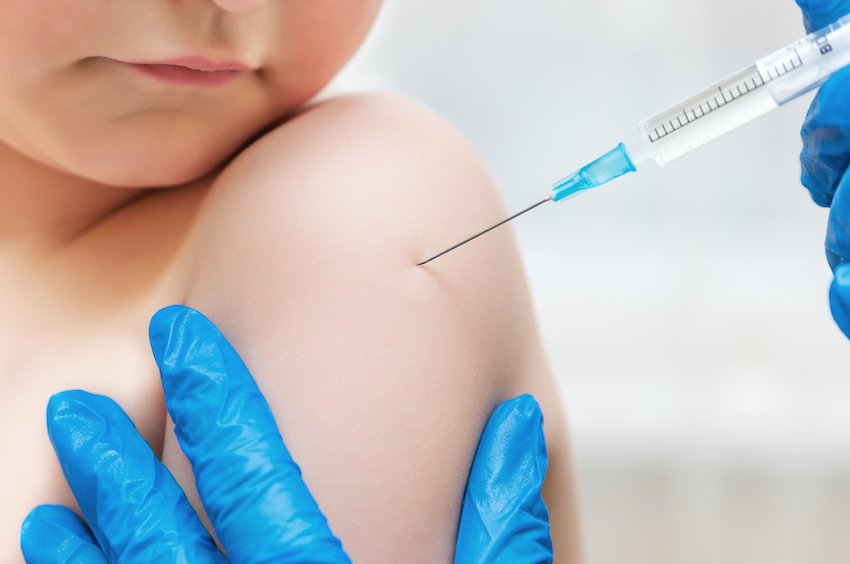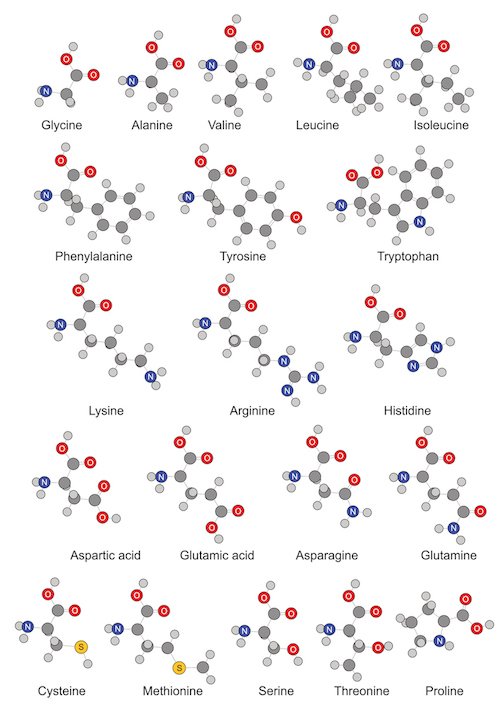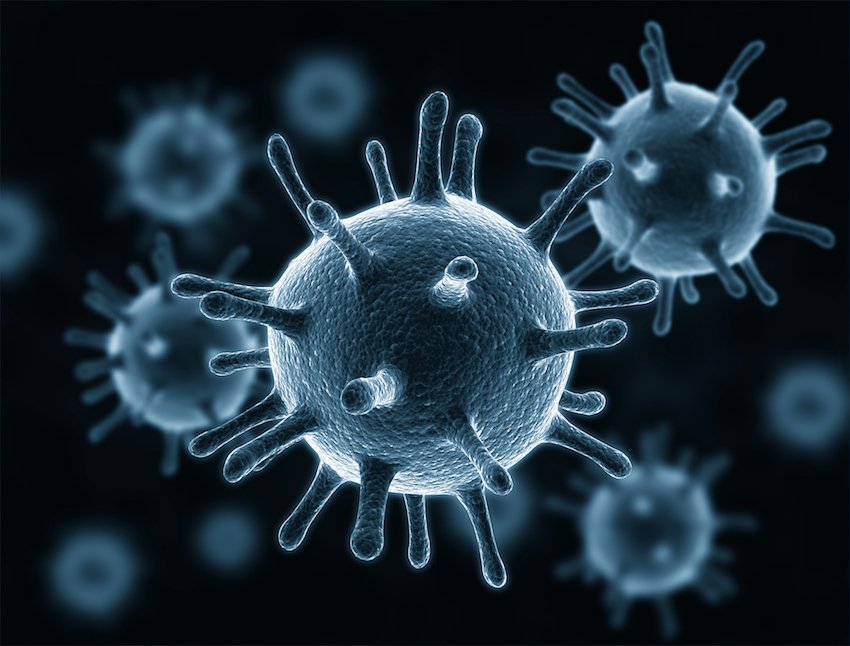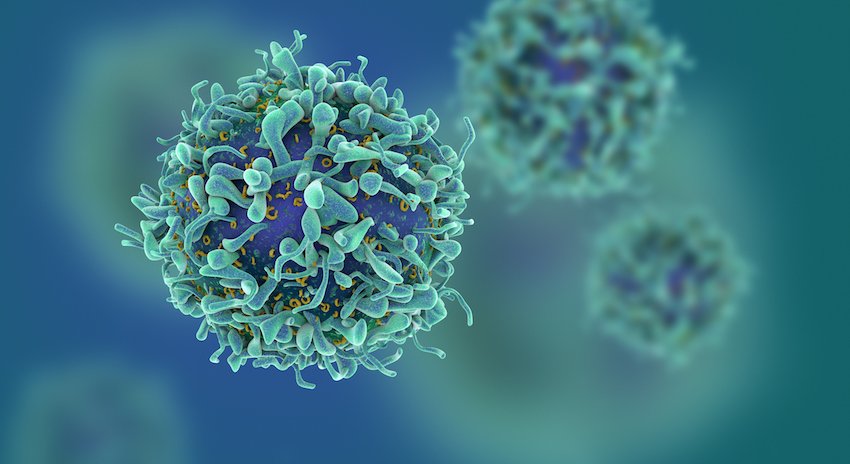
Introduction
I have been fascinated by microbiology and virology for some time and that is why this subject and article are "right up my alley".
Technically the article was from yesterday but I didn't get to post it out till now.
The original article is in Ars Technica:
Summary and my thoughts on the article :
(note my thoughts are based on information in the article, not the paper itself as it is behind a paywall)
All life on earth (that we know of) uses proteins composed of 20 (or occasionally 21) amino acids.

The 20 amino acids that comprise nearly all natural proteins.
Even viruses (which may or may not be alive depending on your definition of life) utilise these to build their proteins - being parasites they must use YOUR (or another host's) cellular machinery to replicate themselves so that makes sense.
It seems that a team from Peking University has been working on a technique to create influenza viruses from artificial amino acids.

3D rendering of influenza virus
What is the benefit you might ask? According to the article:
How can artificial amino acids help with this? Well, if you make a virus that depends on them, then it can only reproduce in cells that will provide that amino acid. Since that would exclude all of our cells, using this virus as a vaccine poses no risk of creating an infection. To the immune system, it should look a lot like a normal virus, so it should be an effective vaccine.
You have the immunological advantage of using a complete virus without the inherent risks:
Giving standard live viruses is risky even if they are attenuated versions as they can mutate giving rise to infection in the host. This is all the more dangerous in hosts who are immunocompromised and may not be able to mount a robust response. Other alternatives such as giving only components of the whole virus can lead to an inadequate immune response.
This (from what I can see) gives the best of both situations. A full (or close enough) immune response without the ability for replication or mutation.
Also it should work for any type of virus (in theory at least).

3D rendering of T-cells
It also means that there should be less need to use adjuvants (e.g. Aluminium salts) which have been a source of controversy. For those who are unfamiliar with what adjuvants are here is the CDC definition:
An adjuvant is a substance that is added to a vaccine to increase the body's immune response to the vaccine. Vaccines containing adjuvants are tested for safety in clinical trials before they are licensed for use in the United States, and they are continuously monitored by CDC and FDA.
Whatever your feelings about vaccines it makes sense that removing such components might actually result in them being safer for certain patients.
That can only be a good thing in my opinion.
Your Reward for Reading:)

If you like my work and aren't already, please follow me and check out my blog (I mainly discuss photography but I do other topics too) - @thecryptofiend
Photo Credits: All uncredited photos are taken from my personal Thinkstock Photography account. More information can be provided on request.
Some of my other recent posts
- Death and Dying - personal musings on how we deal with it and how that affects our lives
- In the News: Judge Grants IRS Permission to Pursue Coinbase Customer Data - My Thoughts
- How to Get Noticed if You Are A New User on Steemit
- The Other Side of the Coin - Dealing with the Onboarding Issue and Some Ways of Helping
- Get Paid Not Pwned - the Power of Slogans.
- Steemit Quick Start Guide: Step by Step from Registration to First Post
